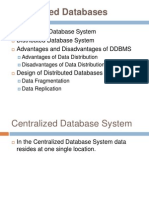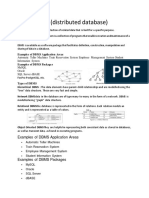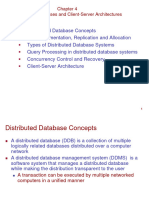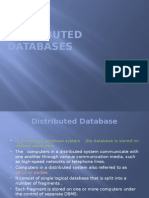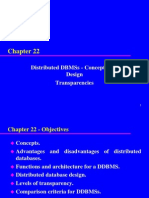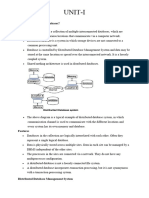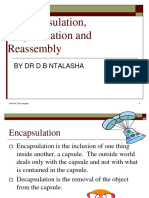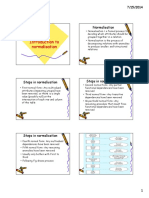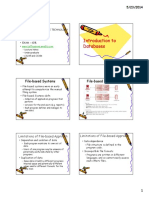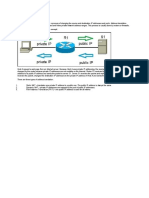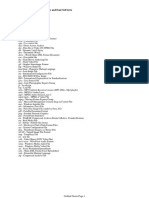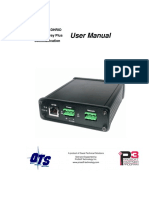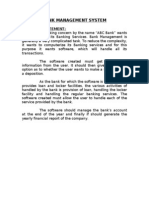0% found this document useful (0 votes)
47 views6 pagesDistributed DBMS Concepts
The document discusses concepts related to distributed database management systems (DDBMS). It defines a distributed database as a collection of logically related shared data distributed over a computer network. A DDBMS manages the distributed database and makes the distribution transparent to users. Distributed databases have advantages like improved availability, reliability and performance but also disadvantages like increased complexity. Fragmentation and allocation are important concepts in distributed database design.
Uploaded by
Samson MumbaCopyright
© © All Rights Reserved
We take content rights seriously. If you suspect this is your content, claim it here.
Available Formats
Download as PDF, TXT or read online on Scribd
0% found this document useful (0 votes)
47 views6 pagesDistributed DBMS Concepts
The document discusses concepts related to distributed database management systems (DDBMS). It defines a distributed database as a collection of logically related shared data distributed over a computer network. A DDBMS manages the distributed database and makes the distribution transparent to users. Distributed databases have advantages like improved availability, reliability and performance but also disadvantages like increased complexity. Fragmentation and allocation are important concepts in distributed database design.
Uploaded by
Samson MumbaCopyright
© © All Rights Reserved
We take content rights seriously. If you suspect this is your content, claim it here.
Available Formats
Download as PDF, TXT or read online on Scribd
/ 6






